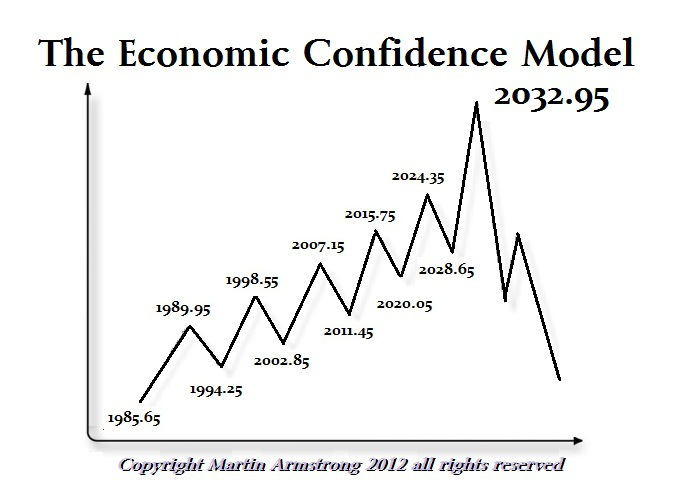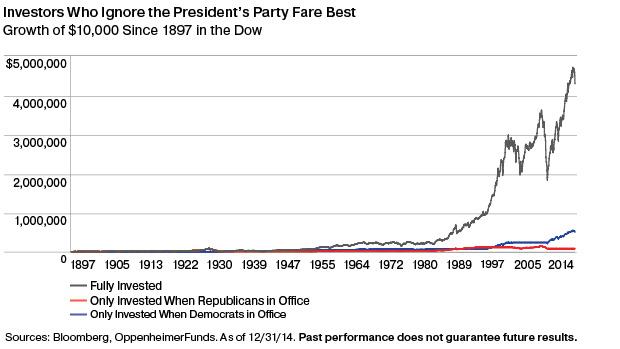Asset protection

In 2008, many investors were either caught unaware of the systemic risks, or chose to ignore warnings of a major market crash. The financial pain from that (passive or active) decision to do nothing was profound; pain burns deep emotional scars that can be difficult to reverse. The theme of this article is simple: don’t make the same mistake again.
To be clear, our firm’s view is not an apocalyptic one. Our consistent investment thesis for the last 5 years has been (and still is) focused on over-weighting equities versus fixed income, U.S. equities versus Canadian and global equities, and tactical over-weights to stronger currencies like the $USD. Precious metals miners will eventually be very attractive as well. This thesis is the direct result of great work by our Portfolio Managers, including watching global capital flows (et al) via Martin Armstrong. This has resulted in our clients enjoying very solid risk-adjusted returns.
With the ongoing integration of Armstrong’s Socrates™ system into our managers’ processes, we remain optimistic about investment performance going forward. I’m certainly looking forward to attending the next WEC with Marty in Orlando on November 10th and 11th, and tapping into his models and systems to help enhance portfolio results going forward.
Given the downside risks (seasonality, U.S. election chaos, rising war-risk with Russia, stagnant global GDP, et al), each reader should carefully consider if it makes sense for them to lock in recent gains in stocks, bonds and currencies for a portion of one’s portfolio. This decision should be made BEFORE any major downturn begins, and should be made coolly and calmly in candid discussions with your trusted financial advisor – someone who really understands your goals, circumstances and “financial pain threshold.”
If your concerns are (even politely) dismissed as being irrational and you’re told to simply do nothing, then that in itself should be cause for a “mindful pause.” After all, it’s your money and dealing thoughtfully and respectfully with the emotions that surround your nest-egg is a critical part of the role that a great advisor plays in the journey toward achieving your Life Goals™. Tax consequences should also be part of the discussion, but remember the old age, “Don’t let the tax tail wage the investment dog.”
Minimizing the volatility during periods of market turmoil is something that most investors think is an implicit part of the investment management services that Canadians pay for. It should be, but the ability and willingness of large investment managers to be nimble within capital markets is shackled by three important limitations:
- The standard Prospectus (or equivalent) of most mutual and segregated funds typically requires each fund to be > 95% fully invested within their mandate;
- Mutual funds impose minimum holding periods and limit the frequency that an investor can make in-out-in tactical moves; and most importantly
- Canada’s investment management landscape is dominated by the major chartered banks, a few massive insurance companies, and several big mutual fund companies. Besides having an obvious bias toward riding through all short-term volatility, big money managers have a little-known practical problem: if they make major defensive moves by selling down a significant portion of their portfolios, they can actually cause turmoil by “spooking the market.” Translation: being too big limits their ability to be nimble. The result is that their size can actually work against your best interests.
There is a practical solution to this limitation, which you can find by clicking here: http://integratedwealthmanagement.ca/special-video/
Remember as well, that if you do decide with your advisor to partially “de-risk” your portfolio temporarily, that you need to be willing (and able) to buy back in again during a period of market panic. Don’t worry about timing this “perfectly,” because you’re improving your long-term returns as long as you get back in at a lower level than where you took money off the table.
Cheers,
Andrew H. Ruhland, CFP, CIM
Founder & President of Integrated Wealth Management Inc. in Calgary

Martin Armstrong, whose reputation is second to none, on the moves he expects in the Stock, Bond, Gold and Currency markets. Martins model’s US election forecast, and when the nearby move up will begin from the current 5000 year interest rate lows. In this interview Martin explains why the Dollar has become the defacto world currency, why the US doesn’t like that, the steps they think they are going to take to correct. He thinks the US’s hands are tied and they can’t raise rates, nor can they avoid the pension crisis going critical. In short, Martin thinks that we are basically heading down into 2020, trust in government is at all-time lows and the 30 year bull market in bonds is over!
….Michael’s weekend editorial: Powerful Trends That Are Changing Everything


 1. Crude Oil: Setting Up for Rare Buying Opportunity
1. Crude Oil: Setting Up for Rare Buying Opportunity
by Michael Campbell & Josef Schachter
Right now he sees a combination of tax loss selling and other factors setting crude up for a fabulous imminent buying opportunity at much lower levels than we trade today in the upcoming December/January periodr me lately world” Mike asks him what’s next – not just for gold but for Mark’s other big winner marijuana stocks.
2. Get Ready …
by Larry Edelson
Let me cut right to the chase: The global financial markets … entire economies … and even political systems and philosophies — will soon start spiraling out of control.
3. The Downfall of the Mainstream Media & The Stirrings of a Revolution
by Michael Campbell
In the US millions have become disillusioned by one sided media push to get Hillary Clinton elected, the corruption of the FBI and the Justice Dept to keep her out of jail, and the blatant political bias of the IRS. With European Governments mistrusted and fighting in the streets in the US, there is one forthcoming financial issue that could be the death blow for trust in Government institutions and the media. The big question, when millions no longer trust the democratic institution, what comes next?

Summary
Strong companies will create investment value regardless of who sits in the White House.
History suggests the outcome won’t matter much to investors in the long run.
Investors should not base their decisions on which party occupies 1600 Pennsylvania Ave.
A $10,000 investment held in the Dow Jones from 1897 to 2014 would now be worth $4.3 million.
Investing only when your preferred party is in the White House and selling whenever the other party is, would be worth roughly $4 million less!1

…related by Larry Edelson:

The erosion of public confidence in government institutions and the media is ongoing. There is however a huge issue about to accelerate that trend. It may be the breaking point.
…don’t miss Michael’s Weekend Editorial: A Final Death Blow













